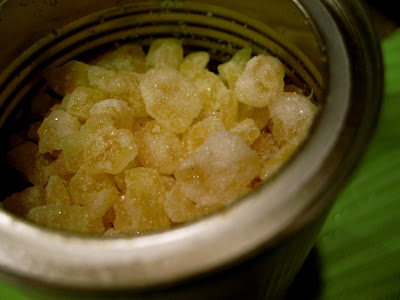My most recent adventure with pasta included a bit of spinach. I know green pasta makes some people a bit wary, but I love it! I took about half a bag of baby spinach and pureed it in the food processor. Then I added my regular pasta ingredients and used the food processor's pulse function to mix everything to a kneadable consistency. It turned out great!
Peter and I bought some clams and mussels and made a wine sauce to steam them in from Smitten Kitchen. We served the mussels and clams over my spinach pasta and enjoyed our meal out on the porch. Delicious!
Spinach Fettucini
adapted from Epicurious
1/2 bag baby spinach leaves
3 c. unbleached all-purpose flour, plus additional for dusting
4 large eggs
1 tsp. salt
2-3 Tbsp. water
A pasta machine
Puree the spinach leaves in a food processor, scraping the sides of the work bowl with a spatula to ensure all the leaves are evenly chopped. Add the flour, eggs, and salt and pulse several times to mix. Add water 1 Tbsp. at a time through the feeder tube until it begins to form a ball. If the dough is too dry, add water a little bit at a time and stop when it is firm and not sticky. Process the dough for about 15 seconds more to knead it and then transfer it to a floured surface to let it rest. Cover the dough with an inverted bowl for about 1 hour so the gluten can relax and rolling will be easier.
4 large eggs
1 tsp. salt
2-3 Tbsp. water
A pasta machine
Puree the spinach leaves in a food processor, scraping the sides of the work bowl with a spatula to ensure all the leaves are evenly chopped. Add the flour, eggs, and salt and pulse several times to mix. Add water 1 Tbsp. at a time through the feeder tube until it begins to form a ball. If the dough is too dry, add water a little bit at a time and stop when it is firm and not sticky. Process the dough for about 15 seconds more to knead it and then transfer it to a floured surface to let it rest. Cover the dough with an inverted bowl for about 1 hour so the gluten can relax and rolling will be easier.
To roll the pasta, divide your dough into 8 equally-sized pieces. Flatten each piece into a rectangle and cover the remaining pasta pieces while you work with one at a time to flatten it. You do not want them to dry out. Lightly dust 1 rectangle with flour and feed it through the rollers of your pasta machine. On my Kitchenaid mixer attachment, I set it to 1 (the thickest setting) first and took it through several times to make long, even rectangles. The mixer speed was set on the lowest speed and I thought that was as fast as I would really want to work. I ran each pasta sheet through on setting 1 about 5-8 times, sometimes folding it in half length-wise to avoid getting sheets that were excessively wide. Turn the dial to the next narrower setting and feed the dough through the rollers without folding. Continue to feed the dough through each level once without folding until you reach your desired thickness. I took my pasta through each setting and stopped at 5 or 6. Don't skip levels of rolling because the pasta will crumble out into your hand instead of sticking together and thinning out. Your pasta sheets should end up being about 3 feet long and roughly 4 inches wide. Cut the sheets shorter if you like and lay them on a lightly floured surface to dry while you roll the remaining rectangles. You can also lightly dust them with flour and hang them over the backs of chairs, a broomstick, a pasta tree, or a drying rack. When your pasta sheets are leathery but still pliable, it's time to cut them.
To cut the pasta, I changed the attachment on the mixer from the roller to the fettucini cutting tool. I carefully led each pasta sheet through the cutter and caught the fettucini underneath with my hands. I put the cut pasta on a rod to dry overnight.
Mussels in White Wine Sauce
from Smitten Kitchen
2 c. white wine
1/2 c. minced shallots
handful of parsley, chopped
1 bay leaf
1 tsp. thyme
1 tsp. pepper
6 Tbsp. butter
2-3 lbs. mussels, scrubbed
2 lbs. clams, scrubbed
Add all the ingredients to boil in a dutch oven or large pot. Boil for 2-3 minutes and then add the clams. Let the clams steam with the lid on for about 3 minutes and then add the mussels to the pot. Cover and boil for 4-5 more minutes. The shells will open up when the mussels and clams are done. Ladle the clams, mussels, and broth into soup bowls and sprinkle with parsley. You can serve this over pasta or with hearty bread to soak up the delicious broth.

























































